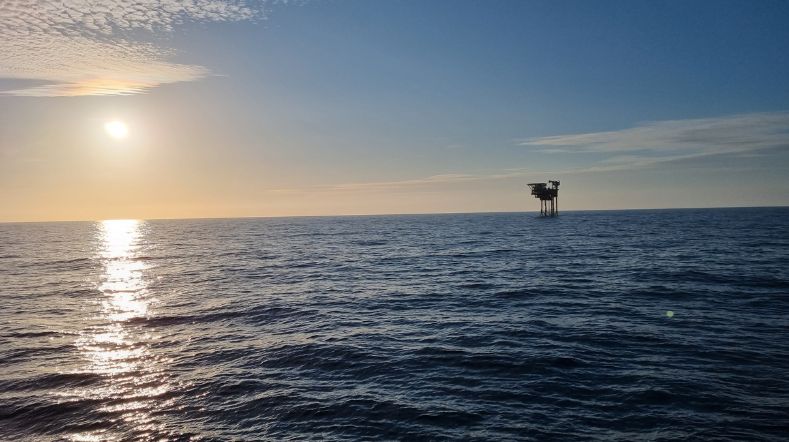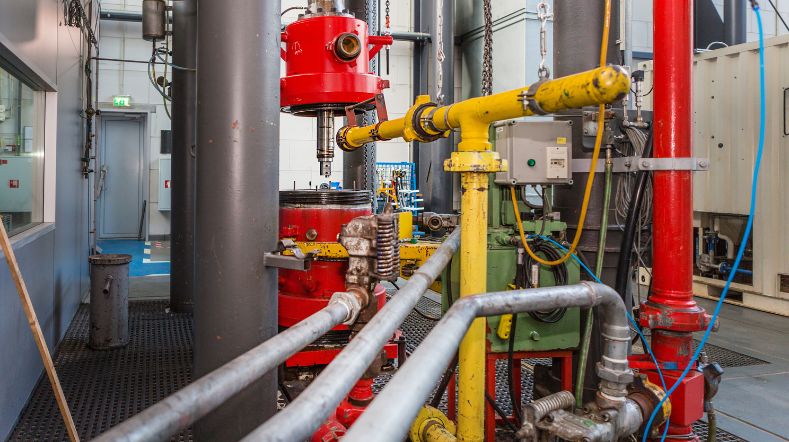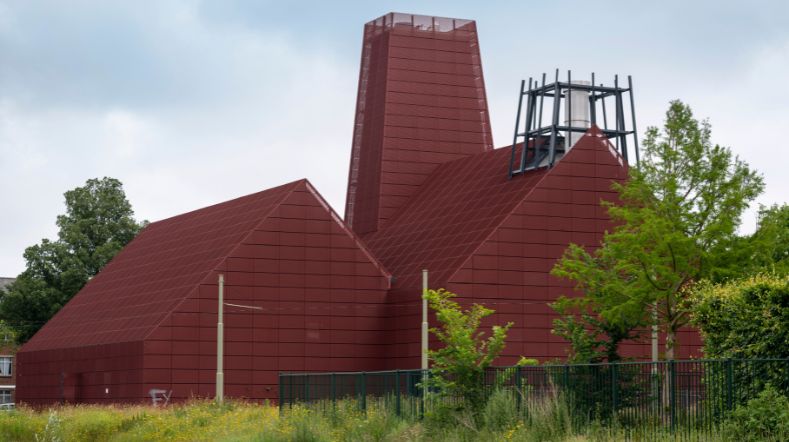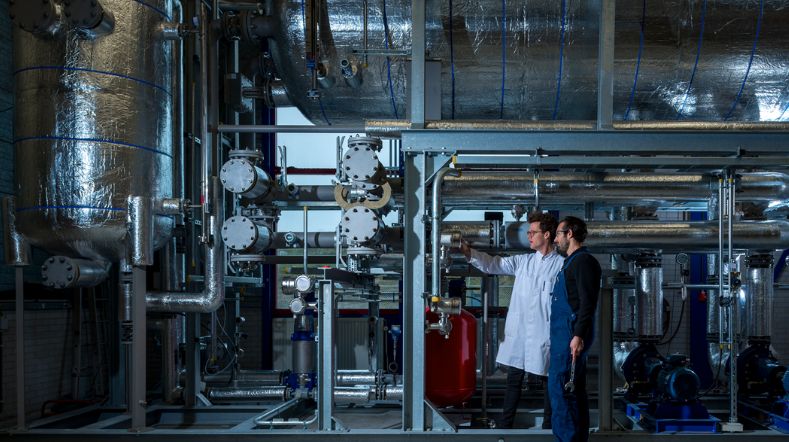
Supporting municipalities to achieve heat transition
Local governments, especially municipalities, play a crucial role in the heat transition. Over 90 per cent of homes in the Netherlands are currently heated using fossil fuel, mainly natural gas. Policymakers are looking for the best choices to provide their municipality with sustainable heat sources, such as geothermal energy. TNO has accumulated considerable knowledge in this area, gained experience in projects with public authorities and market players, and developed tools to help implement the heat transition in the built environment.
Heat Transition Vision
Maarten Bijl, programme manager geo-energy & heat networks at TNO: ‘‘It's not only about making the best choice, but also being able to justify it to make it clear to residents and other stakeholders why that solution was chosen.’’
After drafting their Heat Transition Vision, municipalities are busy elaborating it into heat programmes. A first version should be ready by the end of 2026.
Municipalities are facing far-reaching choices and are seeking answers to many questions, such as:
- What is the current and future demand for heat and cold?
- What renewable sources like geothermal or waste heat from industry are there in our area?
- How can heat and cold best be transported to homes?
- Should we store heat and cold underground, where, and in what form?
- Should the heat, or cold, be upgraded, and if so, how and where?
Tools for developing heat programmes
For mapping all the options and being able to make the right decisions, we have a whole range of tools, data and knowledge available at TNO. Including the ThermoGIS tool, the REGIS II model and the Design Toolkit.
Geothermal potential with ThermoGIS
ThermoGIS is a publicly available tool that displays in a web environment the potential for geothermal energy in a municipality or region based on the subsurface characteristics. Public authorities and businesses are making great use of it. The strength of this tool is that it shows both the amount of geothermal heat to be produced (technical feasibility) and the cost (economic feasibility).
Heat storage possibilities with the REGIS II model
‘‘Combining sustainable heat generation, for example from geothermal energy, but also "power-to-heat", with subsurface storage at high temperatures provides more flexibility in the grid and lower costs for society,’ says Kris Hopstaken.
With the REGIS II model, the potential for heat storage in the shallow subsurface (up to 500 metres) can be evaluated. It shows in 3D which subsurface layers are suitable for this purpose. The model contains subsurface information for the whole country.’’
Designing heat grids with the Design Toolkit
Another support tool developed by TNO is the Design Toolkit. With this, policymakers can identify what options exist in their municipality to achieve optimal heat supply.
The tool shows how heat sources and households can be connected, at what temperatures, whether and how storage is possible, and many other relevant outcomes to design a future-proof collective, regional or local heat grid. The toolkit provides an insights into how to deploy such a network intelligently at the lowest possible cost.
Hopstaken explains: ‘‘For example, you can use ThermoGIS to see if there are more places in your area where there is good potential for geothermal energy based on which municipalities can join forces to develop a heat network.’’
Expert knowledge and facilities
Policymakers can turn to our experts on the subsurface and energy transport. They have extensive geoscientific knowledge of renewable energy sources, such as the use of the subsurface for geothermal heat extraction and heat storage, as well as knowledge of heat grid design and geothermal production and storage facilities.
In addition to available knowledge, TNO is working with partners to develop new technology to improve the performance of sustainable heat technology.
The subsurface offers numerous opportunities to make the energy transition a success – for example, extraction of geothermal heat or storage of heat, hydrogen, and CO2 – but it must be done responsibly and efficiently. The Economic Affairs Advisory Group (TNO AGE) supports the Ministry of Climate Policy and Green Growth in this area.
The use of geothermal energy as a sustainable heat source should increase tenfold to 50 petajoules by 2030. TNO is helping make that development happen in part through technical support. In the Rijswijk Centre for Sustainable Geo-energy (RCSG) field lab, we develop and test new technologies and applications for geothermal energy together with companies and universities.
- Geothermal information, data, and maps.
- The role of geothermal energy in the energy transition.
- Sustainability of geothermal energy in heat networks.
- Reducing CO2 emissions through geothermal energy.
- Innovative drilling techniques.
- Programme results innovation WarmingUP.
- GROW: developing a dynamic growth model for a heat network.
- Energy transition in communities: positive experiences of residents with natural-gas-free living.
- Living without natural gas: drivers and barriers.
Get inspired
CRM materials and processes


TNO–SodM–NIOZ: ‘Methane emissions in the North Sea often linked to shallow natural gas’


Heat


Geothermal energy: sustainable heat from the subsurface


Smarter storage: how TNO optimises thermal energy storage


